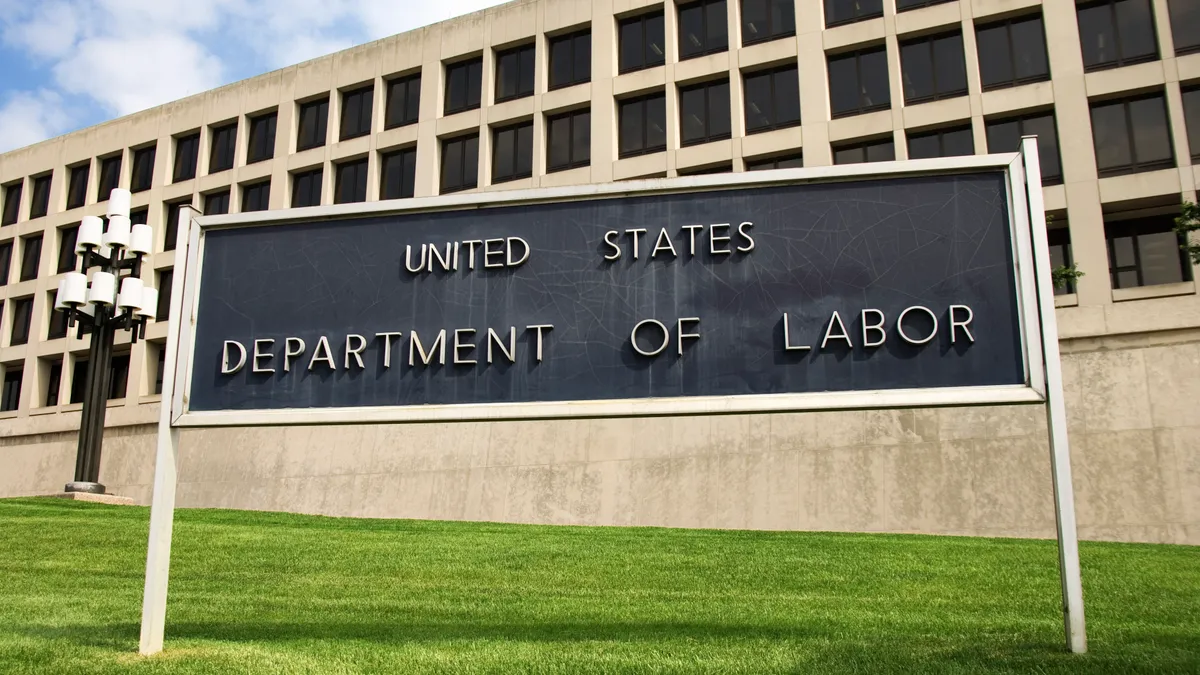Like most major federal regulatory shifts, the next step for the U.S. Department Labor’s updated overtime rule — announced August 30 — is a 60-day period during which DOL will take public comments from stakeholders. Things get a little murky from that point on.
For starters, the agency could take weeks to issue a final rule. And even after a final rule is published, it likely will not be the end of the story.
“It is almost a certainty that there will be litigation challenging the rule once it is issued,” said Brett Coburn, partner at Alston & Bird. “Those who challenge regulations have gotten pretty good at it.”
Several states and business groups filed suit against DOL in 2016, when it issued a final rule that would have increased the minimum salary threshold for overtime eligibility under the Fair Labor Standards Act to $47,476 per year, a figure lower than the latest proposal of $55,068 per year. The litigation ended when a federal judge issued an injunction of the 2016 rule. DOL adopted a more modest increase three years later.
Stakeholders have already indicated serious reservations with the latest proposal. On Thursday, the U.S. Chamber of Commerce, one of several plaintiffs in the 2016 suit, issued a statement calling on DOL to make “significant changes” to the proposal. The Chamber criticized both the new salary threshold as well as the rule’s mechanism that would provide for automatic adjustments to the threshold every three years.
“The Department of Labor’s proposed overtime regulation is the wrong rulemaking at the wrong time,” Marc Freedman, VP of workplace policy at the Chamber, said in the statement. “It represents a more than 50% spike in the salary threshold and will increase costs for small businesses, nonprofits, and other employers at a time when businesses already face persistent workforce shortages that are hindering the economy.”
Whether the rule is successfully challenged or not, employers “are well served to plan in advance,” said Russell Bruch, partner at Morgan Lewis. Organizations, he continued, can work now to determine which positions would be impacted by the proposed standard, and whether they would convert employees whose pay falls beneath the new threshold to hourly, nonexempt employees or raise pay to put those workers over the threshold.
“How is overall compensation impacted if you convert [employees] to nonexempt status? Is it worth it to bump them up to keep them exempt so that you don’t have to worry about meal breaks and tracking hours?” Bruch said of the questions employers should consider.
Employers also may need to factor in the cost of fringe benefits, incentives and reimbursements impacted employees earn, as well as the professional status of affected roles; “a lot of people see being exempt as important,” Bruch added.
The new rule could be particularly impactful for industries like service and hospitality, where employers have general managers whose pay would fall on the nonexempt side of the updated threshold but who otherwise meet the FLSA’s “duties test” for exemption, Coburn said.
“Now that we know what the number is, it is time to start looking at the currently exempt employees who fall within that delta range,” he added. “You have to start thinking about that.”
It also may present an opportunity for employers to take a closer look at their exemptions generally. “Any time you reclassify someone from exempt to nonexempt, it begs the question of, ‘why haven’t I earned overtime going back in time?’ There’s not always a good answer to that if you’re identifying people who may be misclassified.”
Though stakeholders are largely in “wait and see mode” as it pertains to the overtime rule’s future, employers should still approach the exemption conversation proactively, according to Coburn.
“It would be a mistake to assume the rule is going to be held up in court and do nothing,” he said.













